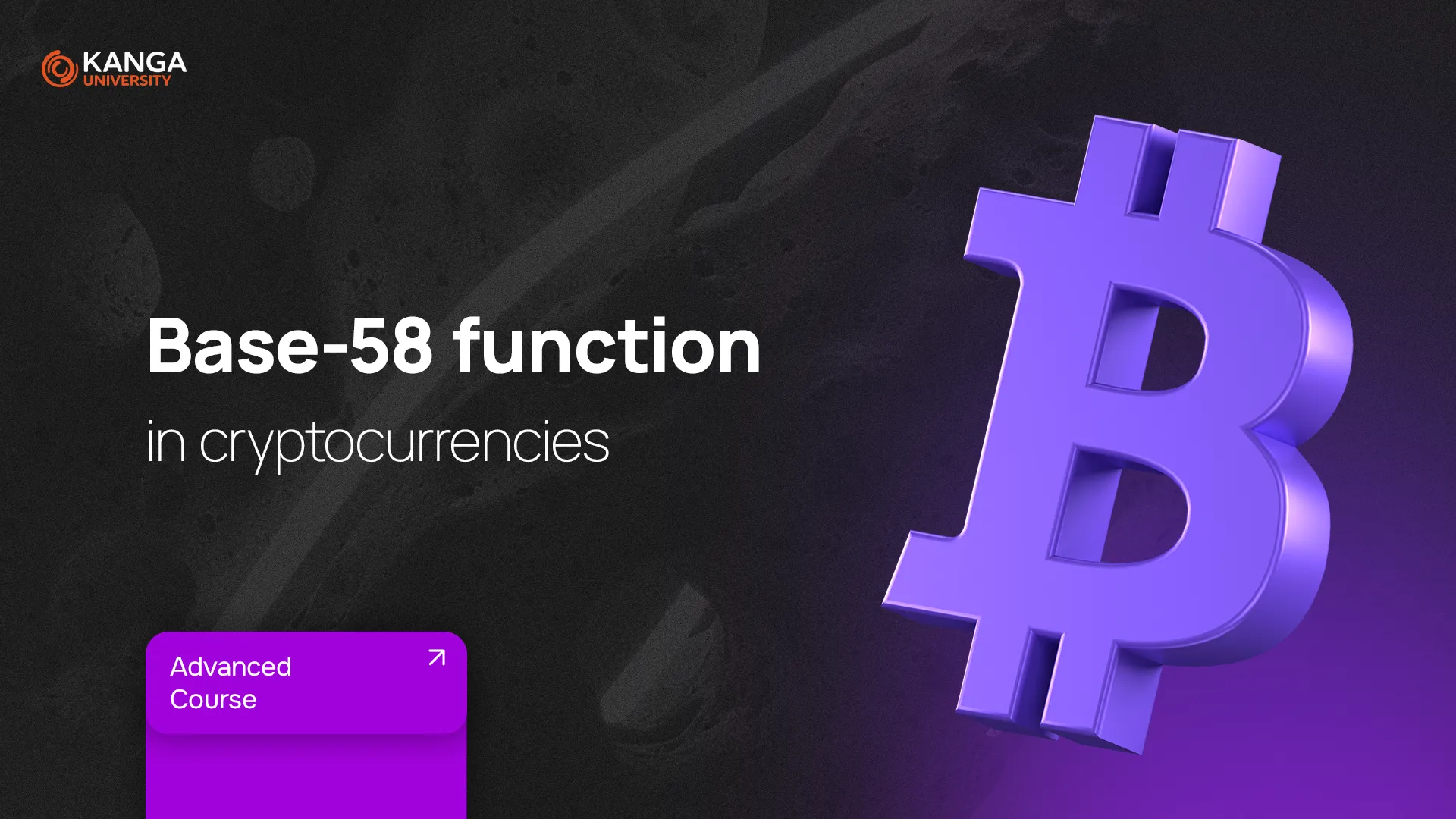
When we talk about Bitcoin, most people think of blockchain or digital currency. But there’s another brilliant innovation from its mysterious creator, Satoshi Nakamoto, that doesn’t get enough attention — Base-58.
This clever encoding system helps make complex crypto data easier for humans to read, share, and verify. Let’s break down what it is, how it works, and why it matters.
What Is Base-58?
Base-58 is a text-based encoding system used to represent large binary numbers (the language of computers) as readable alphanumeric characters.
When Satoshi was building Bitcoin, existing encoding systems were clunky and error-prone. So, he created a custom format that’s more practical for everyday use — especially for representing Bitcoin addresses and private keys.
Since then, many other cryptocurrencies have adopted Base-58 to improve usability and reduce confusion.
How Does Base-58 Work?
The word “base” refers to the number of characters used in the encoding system:
-
Base-2: binary – only uses 0 and 1
-
Base-10: decimal – the numbers 0 through 9
-
Base-16: hexadecimal – 0–9 and a–f
-
Base-58: 58 specific characters from the alphabet and digits, with a twist
Unlike other systems, Base-58 intentionally removes characters that look similar, such as:
-
The number “0” and the capital letter “O”
-
The capital “I” and lowercase “l”
-
Symbols like “+” and “/”
This dramatically reduces the chance of human error when reading, copying, or typing a crypto address.
Base-58 encoded data is also much more compact — about 57% the size of decimal representations.
Where Is Base-58 Used?
You’ll most commonly find Base-58 in:
-
Bitcoin wallet addresses
-
Private keys (WIF format)
-
Cryptocurrencies like Monero and Ripple
-
Blockchain apps that need short, readable codes
-
Shortened URLs and file references
Real-World Examples: Monero, Ripple, Polkadot
-
Monero encodes long data sequences into consistent 95-character addresses using Base-58.
-
Ripple uses a modified version with custom character ordering, so certain identifiers always start with recognizable characters.
-
Polkadot developed SS58, a Base-58 variant using a different hashing function (Blake2 instead of SHA256).
Each adapts Base-58 in slightly different ways — but the core idea is the same: simplify complex data for humans.
Checksums: Catching Errors Before They Cost You
A key feature of Base-58 in crypto is the use of checksums — small data pieces added to verify the integrity of an address or key.
Popular checksum formats include:
-
Base58Check (used in Bitcoin): hashes data twice with SHA256, then adds the first 4 bytes of the result
-
Avalanche-style checksum: a simplified version that uses only one SHA256 hash
-
SS58 (used in Polkadot/Substrate): swaps SHA for Blake2 and adds a few formatting tweaks
These mechanisms help detect typos and prevent funds from being sent to the wrong place.
Limitations of Base-58
Despite its usefulness, Base-58 isn’t perfect:
-
It’s slow – converting data requires dividing large numbers, not just shifting bits
-
Not suited for big files – great for wallet addresses, bad for large-scale data
-
Needs special math libraries – high-precision integer operations are required
So while it works well for small, critical pieces of information, it’s not ideal for general-purpose encoding.
Why Base-58 Makes Crypto Easier to Use
At its core, Base-58 makes crypto more human-friendly.
Instead of handing you a confusing string of binary data, it gives you:
-
Shorter addresses
-
Fewer mistakes when typing
-
A cleaner, more professional user experience
It’s one of those invisible tools that quietly improves everyday crypto life.
Summary
Base-58 is a smart, purpose-built encoding system designed to make crypto addresses and keys easier to use, share, and verify.
It’s not perfect — but it’s effective, widely adopted, and continues to shape the user experience in Web3.
Whether you’re sending Bitcoin, checking a wallet address, or working with blockchain apps, Base-58 is probably helping behind the scenes.